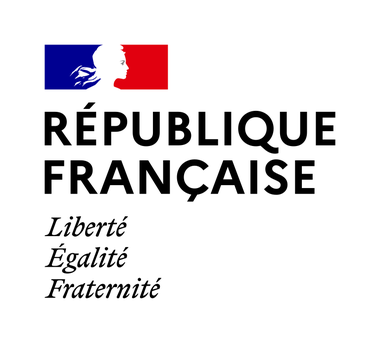ReFina – “Novel methods for enhanced recovery of metals and minerals from fine incineration ash”

Abstract
The ReFina project is focused on the development of innovative methods for efficient treatment of the IBA fine fraction with respect to metals, particularly heavy non-ferrous metals, and minerals recovery.
Various physical separation methods will be used as well as hydro-metallurgical processes for the exploitation of metals and metalloids, which is an innovative approach for complex treatment of IBA particles below 2 mm. The metal depleted mineral residue will be used as in the construction industry, particularly in autoclave aerated concrete. Hence, the Refina project will contribute to the increasing rate of recycling and secondary raw materials utilization, mainly with respect to metal and mineral recovery.
Waste-to-energy (WtE) is one of the leading technologies for mixed municipal solid waste (MSW) treatment in Europe. WtE plants treat in Europe nearly 80 million tonnes of MSW per year and produce approximately 20 million tonnes of incineration bottom ash (IBA). The recovery of ferrous and non-ferrous metals from larger particles over 2-4 mm is common practice in many European countries. However,30-40 % of IBA are particles below 2 mm often called the fine fraction, their annual European production is 6-8 mil. tonnes. The IBA fine fraction contains a significant amount of non-ferrous metals (1-2 % of Al, up to 1 % of Cu, and a small amount of other heavy non-ferrousmetals consisting of precious metals, rare earth elements, etc.). Metals recovery from the IBA fine fraction is up to now very rare and it represents a wasted potential of about 70,000-140,000 t Al and up to 70,000 t Cu per year.
Moreover, the IBA fine fraction cannot be used in the construction industry, except for road construction together with coarse fractions, because environmental quality does not meet the legal requirements mostly due to the elevated metal content and their leachability. The ReFina project is focused on the development of innovative methods for efficient treatment of the IBA fine fraction with respect to metals, particularly heavy non-ferrous metals, and minerals recovery. Various physical separation methods will be used as well as hydro-metallurgical processes for the exploitation of metals and metalloids, which is an innovative approach for complex treatment of IBA particles below 2 mm. The metal depleted mineral residue will be used as in the construction industry, particularly in autoclave aerated concrete. Hence, the Refina project will contribute to the increasing rate of recycling and secondary raw materials utilization, mainly with respect to metal and mineral recovery.
Keywords
Bottom ash, non-ferrous metals, recovery, fine fraction
Consortium
- Coordinator: Czech Academy of Sciences (Czech Republic)
- Pražské služby, a.s. (Czech Republic)
- LEPMI (CNRS Délégation Alpes) (France)
- VITO NV (Vlaamse Instelling voor Technologisch Onderzoek) (Belgium)
- INSA Lyon (France)
- Indaver (Belgium)
Duration
- 36 Months
- 10 2020 to 09 2023
€2,365,394 Total Costs
€1,179,793 Total Requested


